A Complete Beginner’s Guide to Starting a Garden, Filled With Great Tips and Tricks
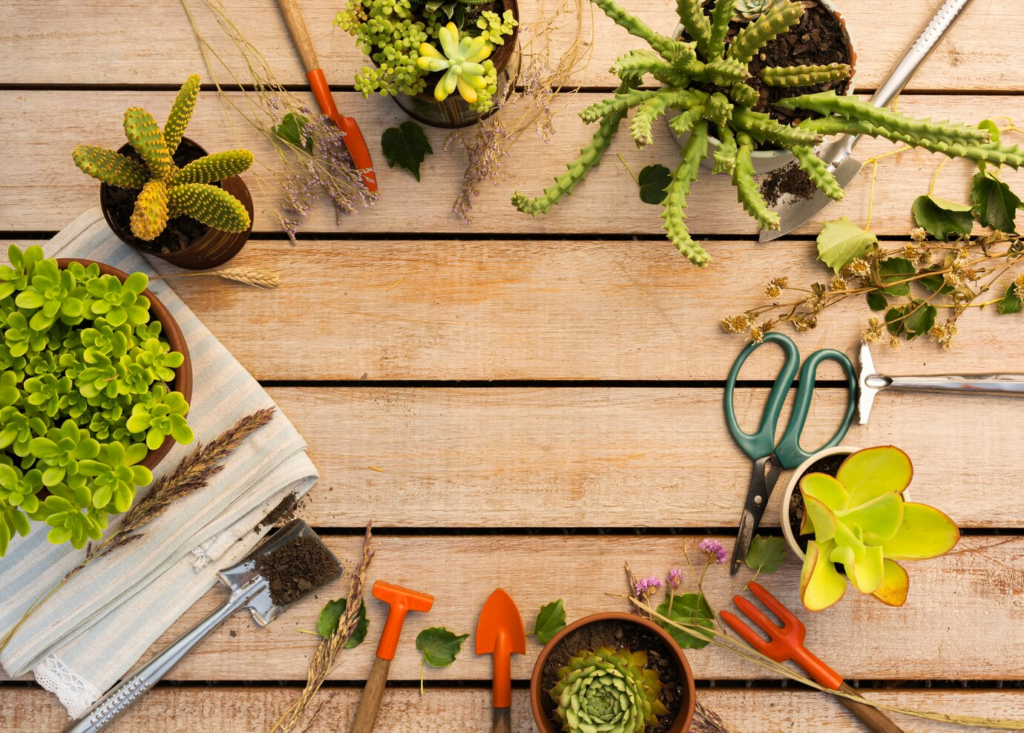
If you’ve been dreaming of a basket filled with fresh vegetables from the garden, but you’re new to gardening, there’s no better time to start.
With our guide to starting a garden, even the inexperienced beginner can have a successful growing season and harvest right from the start!
Why Start a Garden?
Starting a vegetable garden provides access to fresh fruits and vegetables for your family and friends, an opportunity to learn about food production, and a rewarding outdoor hobby. Gardening can be extremely beneficial to your ecosystem and is an enjoyable pastime that allows you to get outside and grow.
Choosing the Right Location
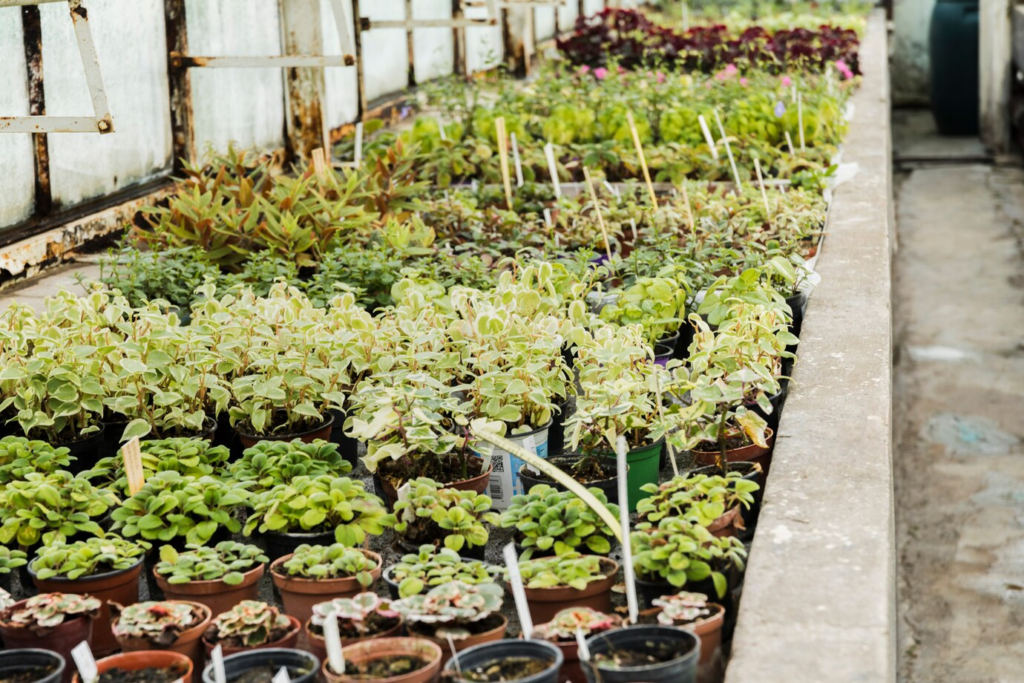
Just like buying real estate, the best garden depends on location, location, location. Before you plant your first plant or seed in the ground, choose the best spot in your yard.
Here are the most important considerations:
Light: Take some time to observe which areas receive full sunlight (6-8 hours) each day. Generally, west and south facing locations are best. Most vegetables require full sun to produce a good harvest, while some can grow well in semi-shaded conditions.
Drainage: Plant roots need water, but not too much. Over-wetting of the roots leads to diseases and poor fruiting. Choose a level, well-drained site, avoid low-lying areas. Although a slope provides good drainage, a slope that is too steep can lead to excessive erosion and water loss. If you must plant on a slope, create horizontal rows on the slope.
Soil quality: Loose, humus-rich soil is best for vegetable gardens. But rest assured, if you have hard clay or nutrient-deficient sand, you can easily improve the nutrient-poor soil with organic matter and turn the area into an ideal area for growing plants.
Size: When choosing a garden location, consider the number of vegetables and types of plants you want to grow. Consider using graph paper to draw your garden area to scale so you have enough space for plants.
Convenience: If you have a large yard, choose a location that is easy to access, as not being in sight/out of the way can result in excess weeds and over-ripe plants. Choose a location with easy access to irrigation water.
Protect Wildlife: If you live in an area with an active wildlife population, find an area that can be fenced. A 3-foot chain link fence will keep rabbits out, but a deer fence should be at least 6 to 8 feet long.
How to Pick the Perfect Vegetables for Planting
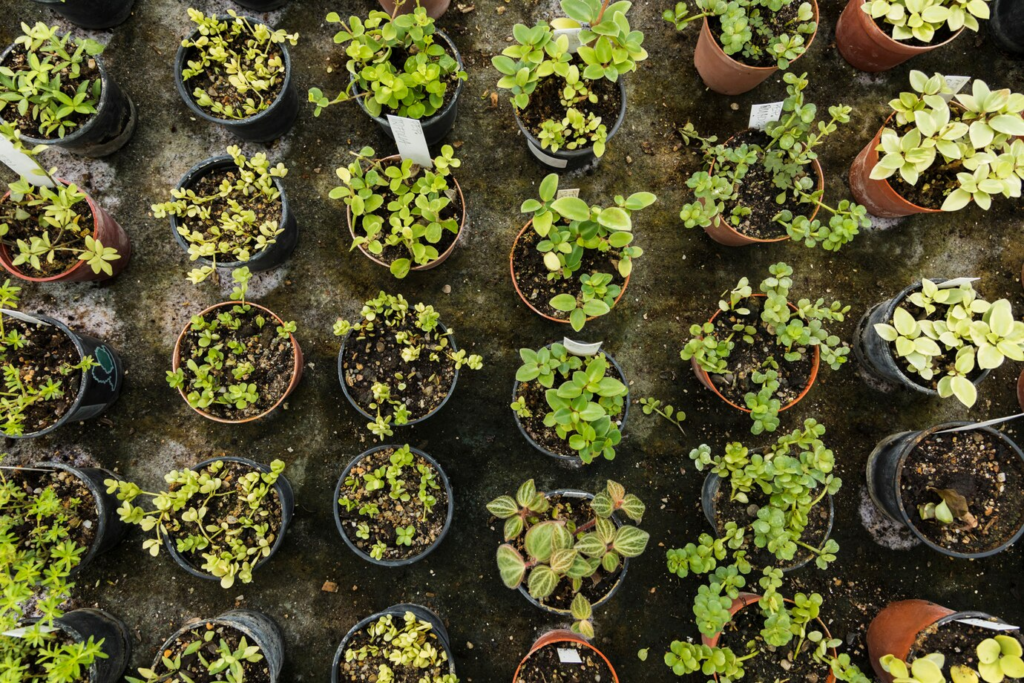
Beginning gardeners should start with vegetables that are easy to grow and suit the area you have prepared. Lettuce, radishes, green beans, peas, zucchini or squash, carrots, beets, spinach or kale are easy to grow by sowing the seeds directly into the soil.
Tomato and pepper seedlings transplanted into a garden bed will yield a rich harvest. But remember to choose vegetables that you will enjoy eating. If no one in your family touches zucchini, don’t plant it (unless you want to feed your neighbors).
As with any plant, it is important to understand the climate or growing zone in which you live. The USDA hardiness zone map can help you determine the best varieties and cultivars for your region. Some vegetables cannot tolerate extreme heat and humidity, even for experienced gardeners.
Other vegetables with a long ripening period (watermelon) do not ripen in colder regions with a short growing season. Contact your county co-op extension service for helpful tips on growing vegetables in your area.
When to Plant Vegetables
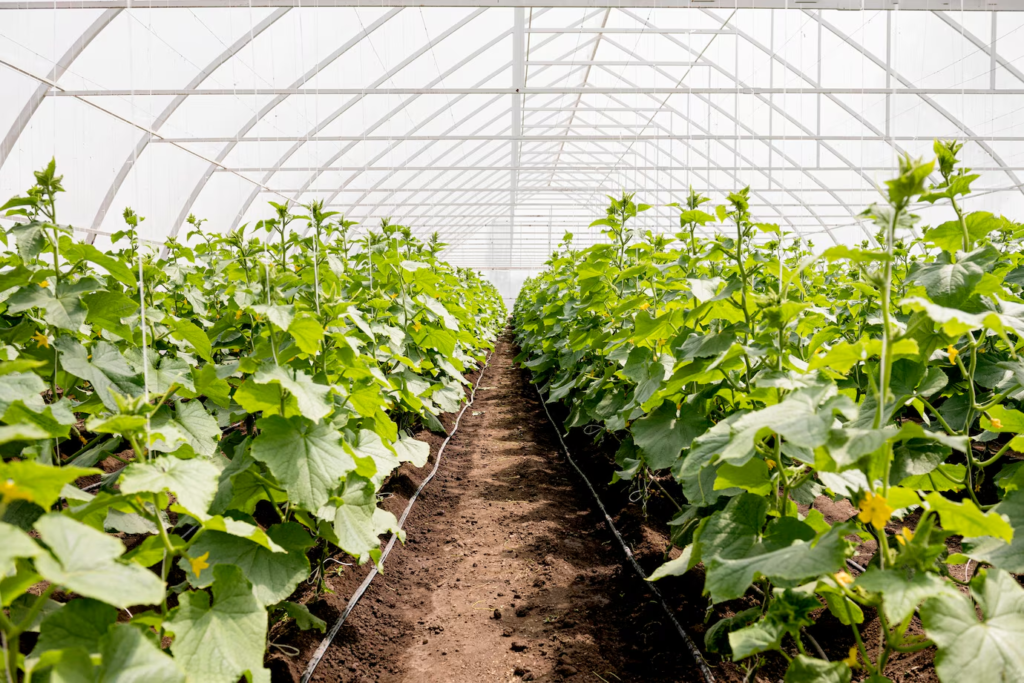
Most vegetables are considered warm or cool season crops. In regions with a long growing season, gardening can be done almost all year round.
For instant gratification, plant radishes or lettuce in early spring so that the harvest is ready in about 25 to 30 days. You can move your plantings every few weeks to maintain production for several months.
Tomatoes and most vegetables take longer to ripen and bear fruit, and are harvested later in the summer. Check the seed package label or plant information tag to find out how many days the plant takes to mature.
9 Great Tips for Growing Vegetables
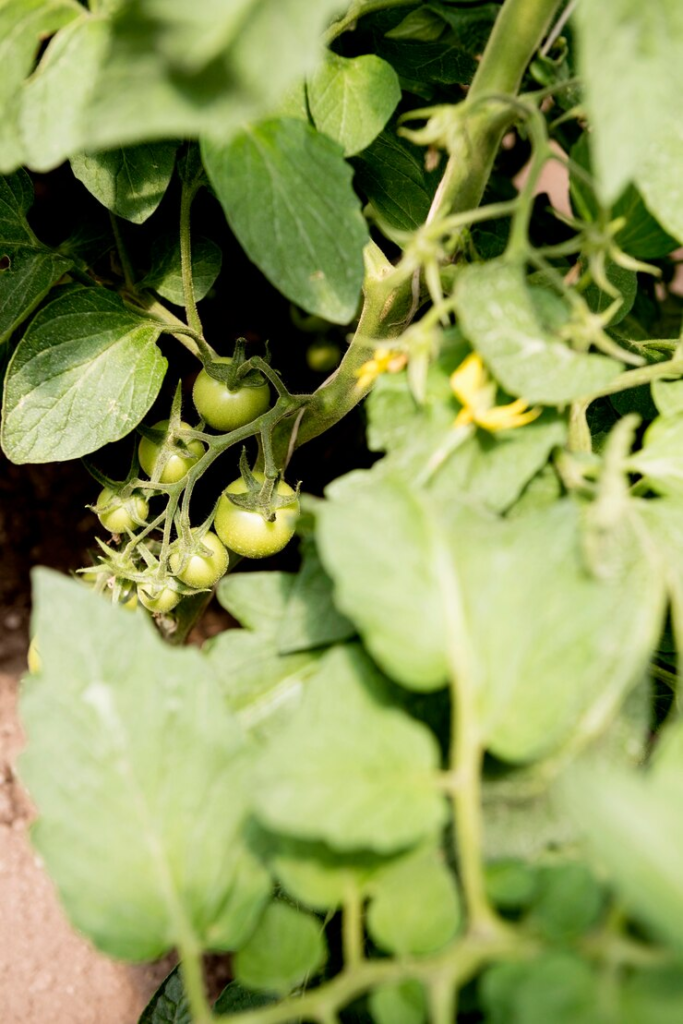
Start small: If you’re new to gardening, start small (about 10 by 10 feet) and record your successes and failures. This will help you plan for next season, when you can expand your planting area and vegetable selection.
Plant strategically: leave space between each seed or seedling so air can circulate and the plant has room to spread and grow. If you have a large garden, be sure to leave a path between the rows so that there is somewhere to walk and work.
Consider raised beds: Yards with less-than-ideal garden soil may be too difficult to cultivate and maintain. A raised bed allows you to fill the “box” with good soil, which will help you get a bountiful harvest.
Think vertically: stacking tomatoes, beans, peas and cucumbers on top of each other will leave more room for other vegetables. When growing vegetables on stakes or trellises, choose a northern location so that they do not block the sun during peak hours.
Weed control: Weeds have no effect on increasing vegetable yields. Stay above them while pulling them out (being careful to pull out the root) or with a hoe. Weeding after rain to make weeding easier.
Avoid harsh chemicals. Read each label to ensure that the products you choose for fertilization, weed control and pest control are safe for use on the vegetables that will be consumed.
Water properly: Never allow the plant to wilt due to lack of moisture. The frequency of watering depends on temperature, rainfall and soil type. The best watering method is drip irrigation at the base of the plant to prevent fungus from growing on wet leaves. If you’re going on vacation, find a friend to water the garden while you’re away.
Add Mulch: Mulch is essential in the garden to help control weeds, retain soil moisture, and keep the soil cool during hot months. Apply the fertilizer carefully and do not pour it around the tree trunk, as this may cause rot.
Continue care: when the crop is ripe and harvested, replant the area. Space initial plantings about two weeks apart to allow plants to mature at different times.